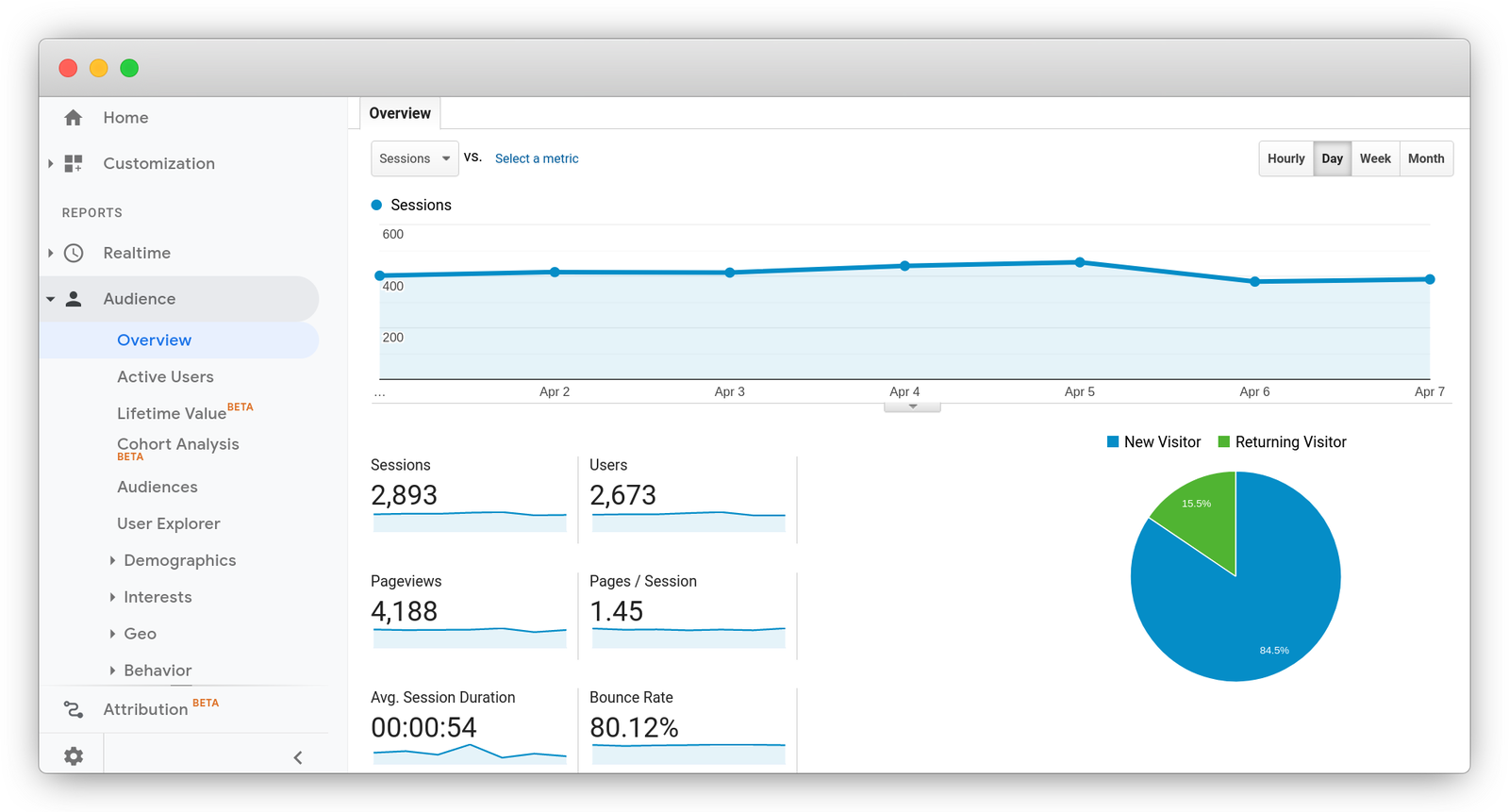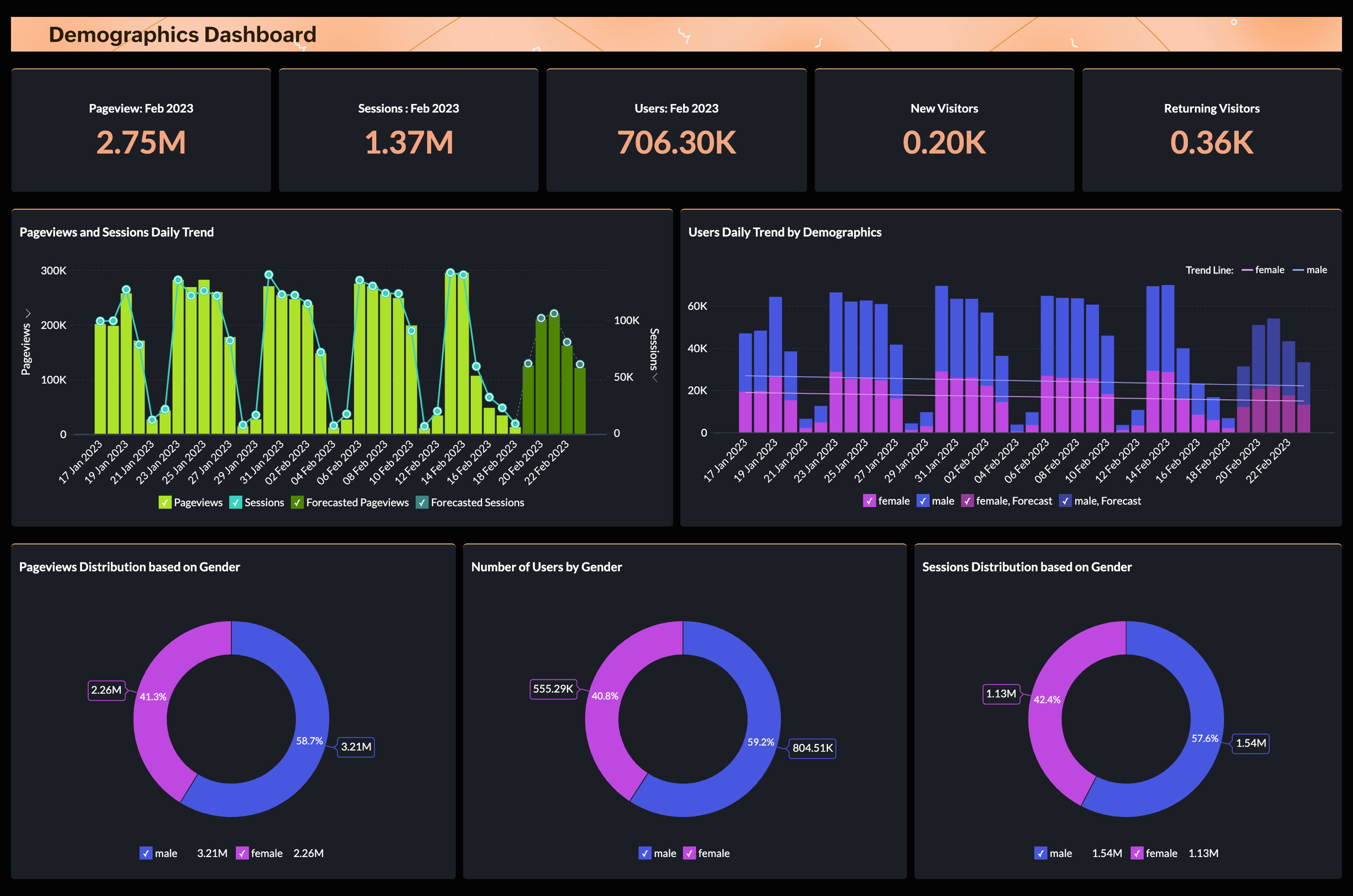Enhance Your Search Engine Optimization Strategy With Effective Google Analytics Monitoring Code
Integrating Google Analytics tracking code right into your SEO method is a pivotal step toward accomplishing quantifiable outcomes. What specific methods can you take on to make the most of the effect of this data on your Search engine optimization efforts?

Understanding Google Analytics Basics
To effectively leverage Google Analytics for Search Engine Optimization, it is necessary to grasp its fundamental concepts. Google Analytics works as a powerful tool for monitoring and evaluating website web traffic, giving understandings that are essential for optimizing online search engine efficiency. At its core, the platform makes it possible for users to check user actions, web traffic resources, and essential efficiency indicators (KPIs) such as bounce rates and session periods.
Familiarity with the user interface is essential. The Target market section offers market insights, helping to customize material to target users successfully.
Recognizing metrics such as organic web traffic volumes and conversion prices is critical for evaluating SEO efficiency. Inevitably, grasping these essentials permits digital online marketers to harness the full possibility of Google Analytics, driving informed decisions that enhance total SEO strategies. By establishing a solid foundation, businesses can efficiently examine their performance and recognize possibilities for renovation in their on-line visibility.
Setting Up Tracking Code
Correctly establishing the tracking code is important for exact data collection in Google Analytics. The very first action involves producing a Google Analytics account and residential property, where you will certainly receive an unique monitoring ID. This ID is important for linking your website's information to your Google Analytics account.
As soon as you have your monitoring ID, integrate the monitoring code bit into your site's HTML. This is commonly placed in the header section of each page to guarantee it loads early in the page making procedure. If you're using a Web content Monitoring System (CMS) like WordPress, several plugins streamline this process, enabling you to add the tracking code without direct HTML editing.
After applying the monitoring code, it is vital to examine its functionality. You can make use of the Google Tag Aide device to validate if the monitoring code is properly mounted and working. In addition, monitor the real-time reporting feature in Google Analytics to validate that data is being collected properly.
Guaranteeing that the monitoring code is effectively set up lays the foundation for efficient information analysis, allowing you to make informed choices to improve your search engine optimization technique and general internet site performance.
Key Metrics to Display
Identifying vital metrics to keep an eye on is important for recognizing the efficiency of your search engine optimization approach via Google Analytics. By focusing on particular data points, you can gauge the effect of your optimization initiatives and make notified choices to improve efficiency.
One of the primary metrics to track is natural web traffic, which suggests the number of site visitors coming to your website with online search engine. This metric reflects the overall wellness of your SEO strategy. Next, monitor the bounce price, which shows the portion of visitors who leave your website after checking out just one page. A high bounce price might indicate that your content is not satisfying user expectations or that your touchdown pages need enhancement.
Key phrase positions are likewise vital; tracking adjustments in keyword positions helps evaluate the efficiency of your targeted Search engine optimization initiatives. By very closely adhering to these key metrics, you can get useful understandings into your SEO strategy's efficiency and determine areas for renovation.
Analyzing User Actions
Understanding customer behavior is useful source vital for improving your search engine optimization method and making best use of site efficiency. when does the google analytics tracking code send an event hit to analytics?. By evaluating exactly how visitors communicate with your web site, you can uncover useful understandings that notify your web content and layout decisions. Google Analytics supplies a wide range of information my company on customer engagement metrics, such as bounce prices, time on site, and web page sights per session. These metrics aid identify which web pages reverberate with your audience and which may require optimization.
In addition, tracking individual circulation can disclose typical navigation courses, highlighting possible traffic jams or areas for enhancement. Comprehending the demographics, rate of interests, and geographical places of your site visitors permits more customized content that speaks with their demands. Utilizing segmentation attributes in Google Analytics even more enhances your capacity to examine customer actions by allowing you to contrast different audience groups.
Moreover, checking conversion prices and individual actions can supply insights into the performance of your telephone calls to activity and general website design. This holistic sight of individual actions is necessary for making educated decisions that enhance user experience and drive greater interaction, eventually adding to boosted SEO performance.
Leveraging Insights for Search Engine Optimization
Consistently leveraging understandings gotten from customer actions evaluation can dramatically enhance your search engine optimization efforts. By utilizing Google Analytics, you can recognize essential metrics such as bounce prices, session period, and customer circulation, which reveal exactly how visitors connect with your content. These insights enable you to determine locations requiring renovation, such as high departure web pages or underperforming keywords.

Additionally, tracking organic traffic sources offers clarity on which channels are most efficient, permitting you to assign resources purposefully (when does the google analytics tracking code send an event hit to analytics?). By assessing conversion prices along with traffic information, you can identify which web pages drive actual company outcomes, fine-tuning your search engine optimization approach better
Incorporating these insights right into your material strategy not just boosts presence however likewise cultivates a more user-centric technique. Ultimately, a data-driven SEO approach notified by analytics not only improves rankings but likewise aligns your purposes with user assumptions, causing sustained development and involvement.
Conclusion
Reliable implementation of Google Analytics tracking code dramatically enhances a SEO strategy by offering important understandings into individual actions and website traffic resources. Inevitably, leveraging these understandings adds to improving Search engine go right here optimization initiatives, driving even more appropriate website traffic, and enhancing general web site performance.
Integrating Google Analytics tracking code into your SEO strategy is a pivotal step towards attaining quantifiable outcomes. At its core, the platform enables users to check customer habits, web traffic sources, and essential performance indications (KPIs) such as bounce prices and session durations.
Understanding customer habits is crucial for fine-tuning your SEO strategy and taking full advantage of site efficiency.Constantly leveraging insights gotten from individual behavior evaluation can considerably enhance your Search engine optimization efforts.Effective application of Google Analytics tracking code considerably improves a SEO strategy by supplying important insights right into user actions and traffic sources.